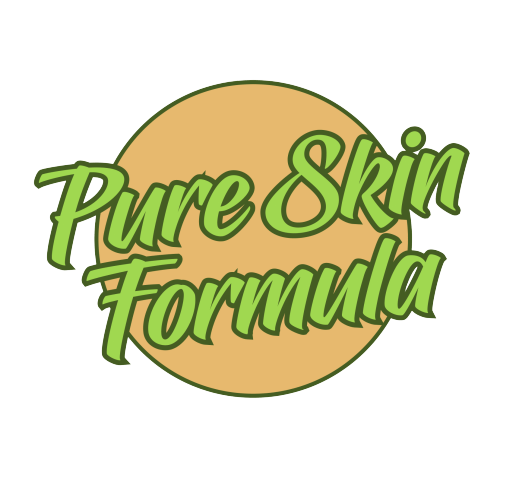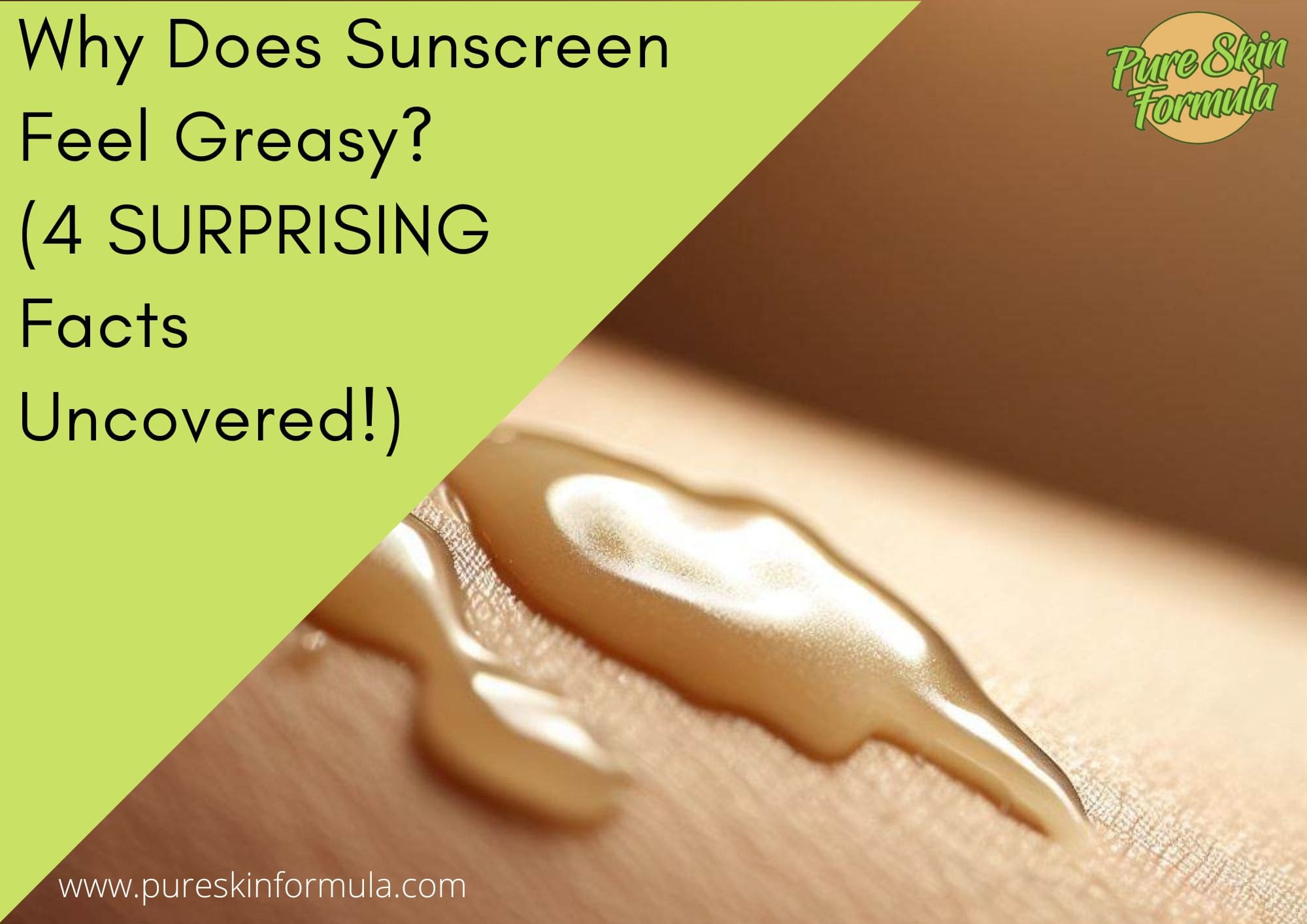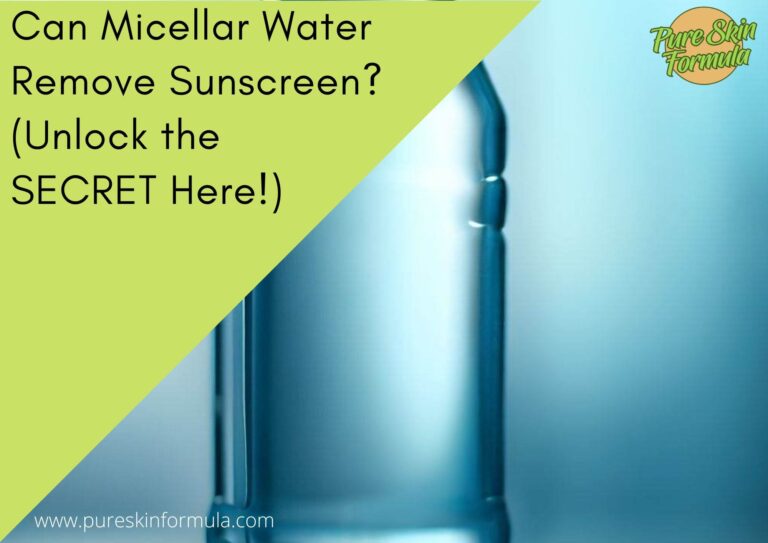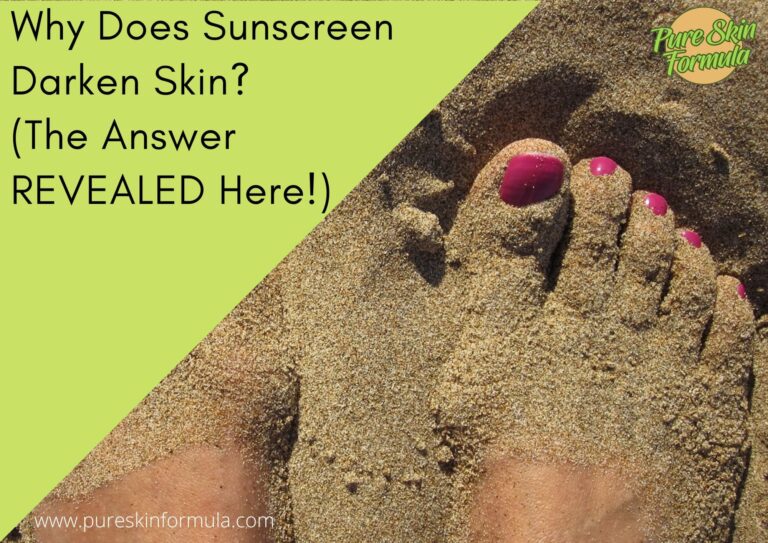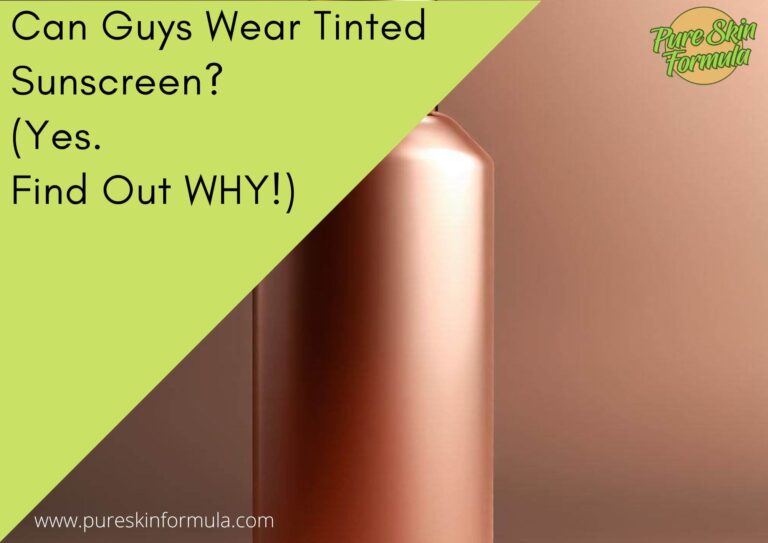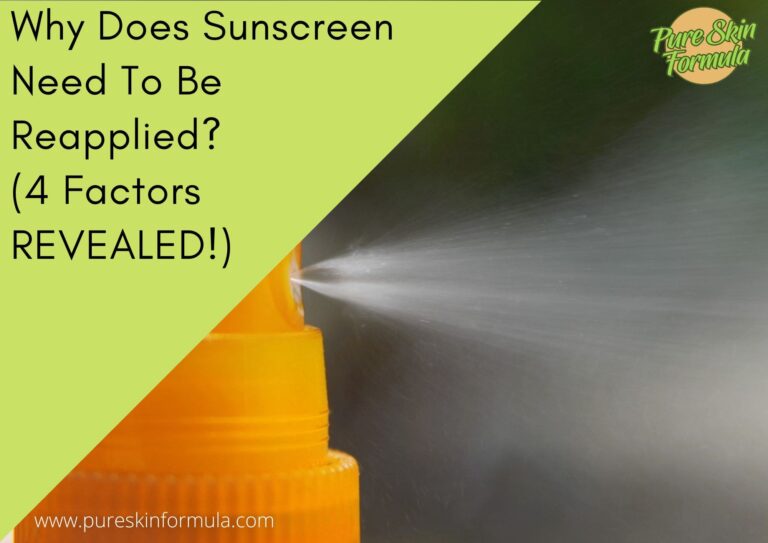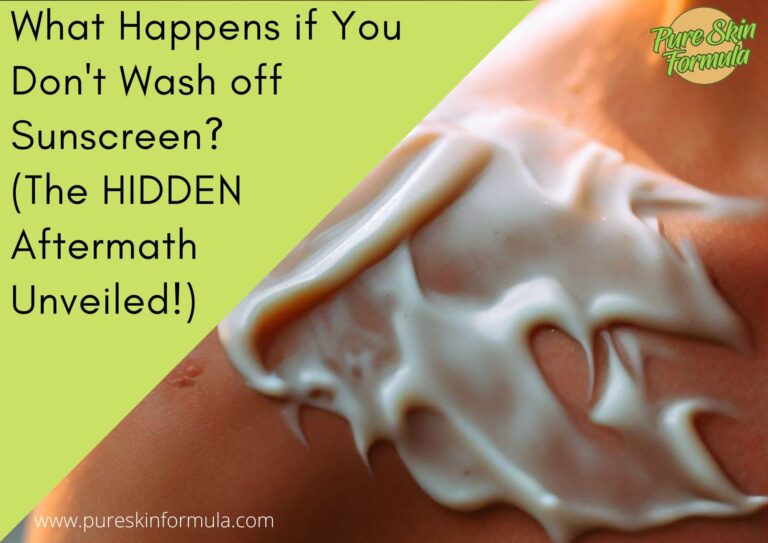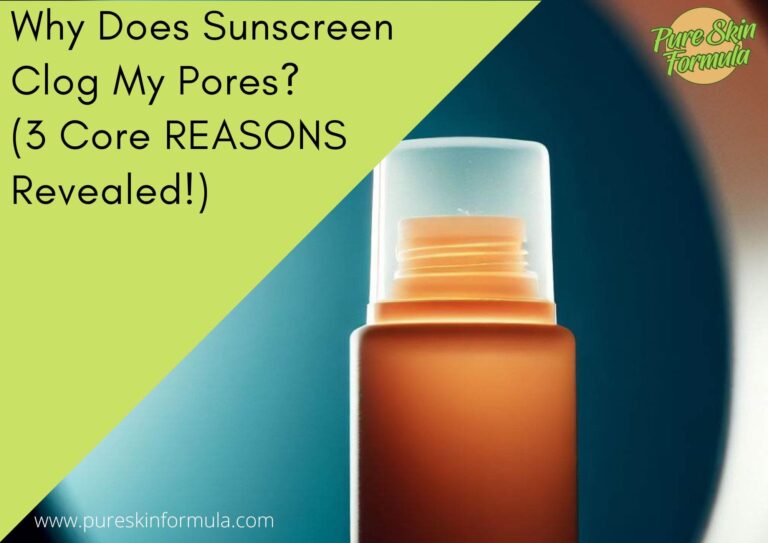Picture this: a sunny day at the beach, with the waves crashing and the sun shining brightly overhead.
You reach for your bottle of sunscreen, ready to shield your skin from UV damage. But as you squeeze the lotion onto your palm and apply it, you notice that dreaded greasy texture.
What causes this greasiness? It turns out that the culprits lie in the formulation of sunscreen and the unique properties of its key ingredients.
From UV filters to emollients and thickeners, each component plays a role in the final texture and feel of the sunscreen on your skin.
You may wonder if there are ways to minimize this greasiness and still enjoy the benefits of sun protection.
The good news is that understanding the factors at play can help you make informed choices when selecting sunscreens and finding formulations that cater to your skin type and preferences.
I’ll explore the influence of UV filters and the role of emollients and thickeners and provide practical tips to help you choose the right sunscreen that strikes the perfect balance between sun protection and a non-greasy feel.
Get ready to discover why sunscreen feels greasy and how to overcome this common hurdle in your skincare routine.
So, grab your beach towel and join me in unraveling the mysteries of greasy sunscreen:)
Why does sunscreen feel greasy?
I have found four possible reasons.
- Emollients and oils in sunscreen formulations, while necessary for hydrating and moisturizing the skin, can contribute to a greasy texture.
- The concentration and type of UV filters can affect the greasiness. Chemical filters, often used in traditional sunscreens, may have a higher likelihood of leaving a greasy residue than physical filters.
- The formulation also plays a role as manufacturers strive to balance UV protection with aesthetics. They try to find the balance between efficacy and a non-greasy texture.
- Skin type matters. Oily or combination skin types may experience the greasy feeling more intensely, while those with dry skin may find it beneficial.
It’s important to explore different sunscreen options, considering lightweight formulations and alternative products, to find one that offers adequate sun protection and a comfortable texture.
OK. Let’s delve into this.
The role of emollients and oils
Emollients and occlusives are added to moisturize and hydrate the skin.
Emollients, such as oils or silicones, help to soften the skin and create a smooth texture.
Occlusives, like petrolatum or lanolin, form a protective barrier on the skin’s surface to prevent moisture loss.
While these ingredients are beneficial for dry or sensitive skin, they can also contribute to the greasiness of sunscreen.
The role of UV filters
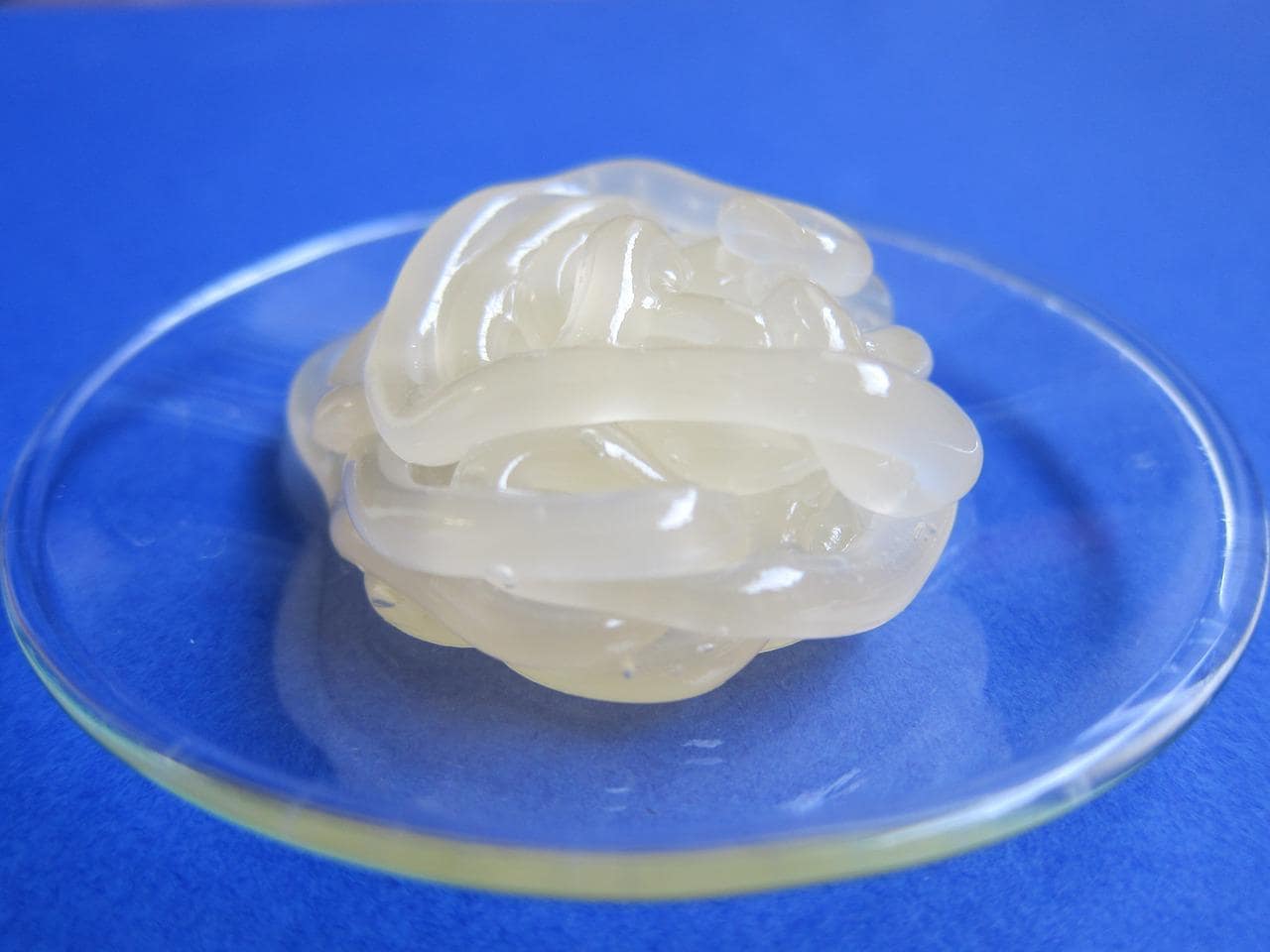
UV filters are the active ingredients in sunscreen responsible for blocking or absorbing harmful UV rays.
Chemical filters, such as avobenzone or oxybenzone, absorb UV radiation and convert it into heat. They can contribute to the greasiness of the product.
Physical filters, like zinc oxide or titanium dioxide, form a barrier that reflects or scatters UV rays.
These filters are often associated with thicker or heavier formulations, making the sunscreen feel greasier.
Advancements in technology have allowed for the development of micronized or nano-sized particles that improve the texture of physical sunscreens, making them feel lighter and less greasy on the skin.
Finding the right balance
When formulating sunscreens, manufacturers face the challenge of balancing UV protection with aesthetics.
Sunscreens need to provide sufficient protection against UV rays, but at the same time, they should have an appealing, non-greasy, and comfortable texture.
Achieving this balance requires careful selection and combination of ingredients and rigorous testing to ensure both efficacy and a pleasing user experience.
To address the issue of greasiness, sunscreen manufacturers employ various strategies.
They may incorporate lightweight emollients and oils with low greasiness potential or use innovative delivery systems that enhance the spreadability of the sunscreen without compromising its effectiveness.
The formulation process may include powders or microspheres that help absorb excess oil and mattify the skin.
Skin type matters
Different skin types can have varying responses to sunscreen. Oily skin tends to produce more sebum, making sunscreen feel even greasier.
On the other hand, dry skin may benefit from the emollients in sunscreen, as they provide much-needed hydration.
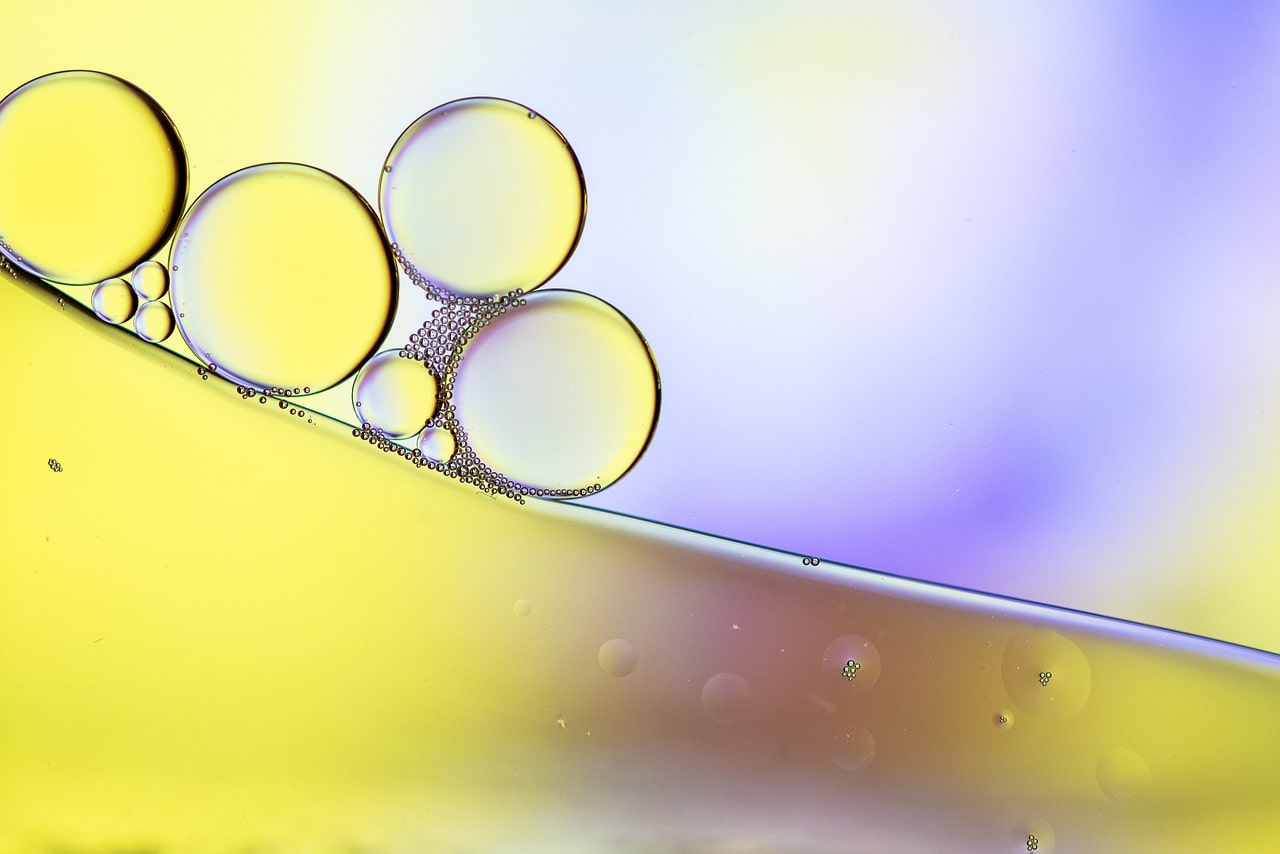
Combination skin types may experience both oily and dry areas, requiring a balanced sunscreen that addresses both concerns.
Understanding your skin type and individual sensitivities can help guide your choice of sunscreen.
If you have oily skin, look for oil-free or mattifying sunscreens. For dry skin, opt for formulations with hydrating ingredients.
If you have known allergies or sensitivities, choose fragrance-free sunscreens and avoid problematic ingredients.
What about personal preferences?
Some people may prioritize maximum sun protection and not mind a slightly greasy texture, while others prefer lightweight sunscreens that absorb quickly without residue.
It depends on daily activities, climate, and individual comfort levels.
Tips for choosing and applying sunscreen
Find a few tips below, keeping in mind your skin type.
- If you have oily or acne-prone skin: Look for oil-free or non-comedogenic sunscreens that won’t clog your pores or exacerbate oiliness. Opt for lightweight, gel-based, or mattifying formulas that provide a shine-free finish.
- If your skin is dry or sensitive, Seek sunscreens with moisturizing properties. Look for labels that mention “hydrating,” “nourishing,” or “for dry skin.” Cream or lotion formulations with added emollients can help keep your skin comfortable and hydrated.
- For combination skin: Consider using different sunscreens on different parts of your face. Use oil-free or mattifying sunscreens on oilier areas while opting for more hydrating formulations on drier areas.
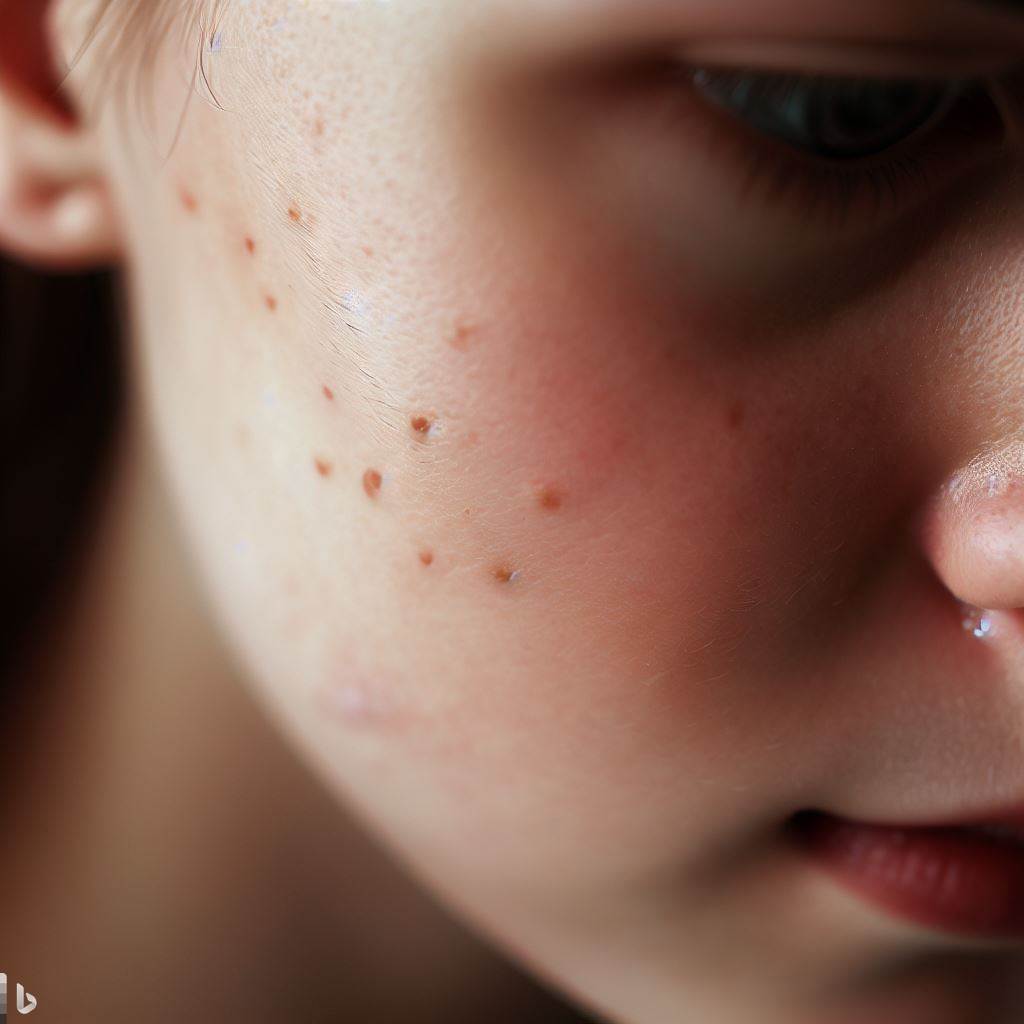
Applying sunscreen correctly can minimize the greasiness and improve its overall feel on the skin. Here are some techniques to try:
Thick layers of sunscreen are likelier to feel greasy. Instead, apply a thin layer and allow it to absorb into the skin before adding more.
Give your skin a few minutes to absorb the sunscreen before applying makeup or going outdoors. This allows the sunscreen to settle into the skin and reduces the chance of feeling greasy or heavy.
If you still experience greasiness after applying sunscreen, lightly blot your skin with a tissue or use a translucent powder to mattify the surface. Be careful not to rub off the sunscreen entirely.
Finding alternatives and innovative sunscreen products
Consider alternative formulations if you prefer lightweight sunscreens or have trouble finding a non-greasy option. Here are a few innovative options to consider:
Spray sunscreens can provide a lightweight and easy-to-apply option. Look for sprays specifically designed to be non-greasy and quick-drying.
Serum or fluid sunscreens are often water-based and absorb quickly into the skin, leaving a weightless feel.
Powder sunscreens come in loose or pressed form and offer a unique alternative. They can be lightly dusted onto the skin, providing sun protection with a matte finish and minimizing greasiness.
To wrap it up
Understanding why sunscreen can feel greasy is the first step towards finding the perfect balance between sun protection and a comfortable, non-greasy feel.
I’ve explored the role of key ingredients, the impact of skin type and individual sensitivities, and strategies for reducing greasiness in sunscreen.
With this knowledge, you can make informed decisions when selecting sunscreen products that cater to your needs and preferences.
Above all, finding the right sunscreen is crucial for safeguarding your skin against harmful UV rays.
Don’t let the fear of greasiness deter you from protecting your skin.
Embrace the advancements in sunscreen formulations, seek out lightweight alternatives, and experiment with different textures until you find the one that makes you feel confident, comfortable, and protected.
So, slather on that sunscreen, and enjoy the sun without the unwanted greasy aftermath. Your skin will thank you for it.
Thank you for reading!
Valeria
